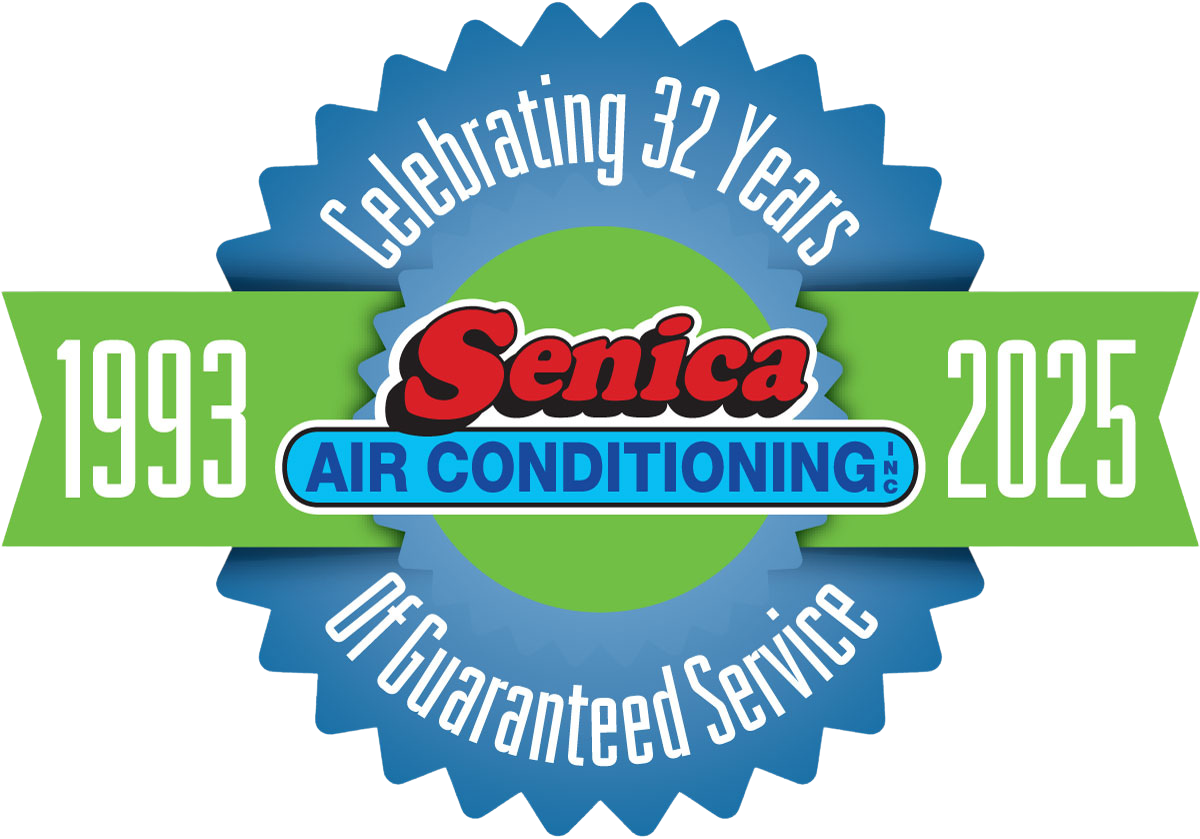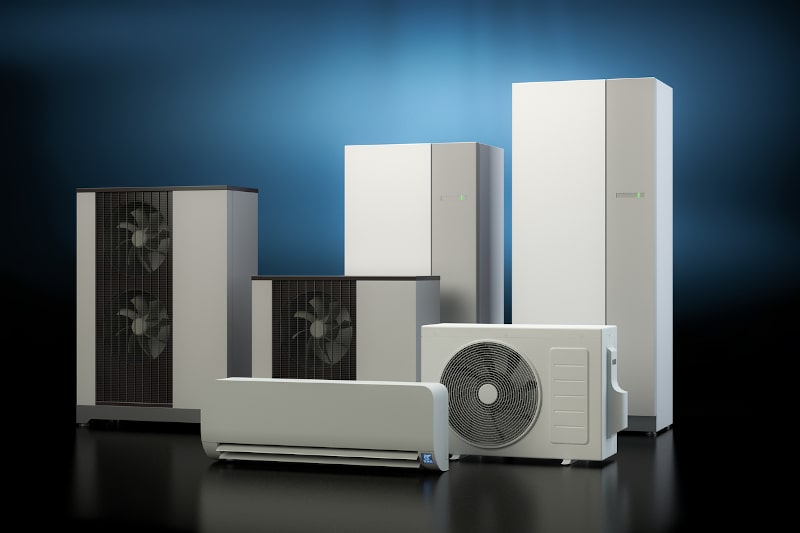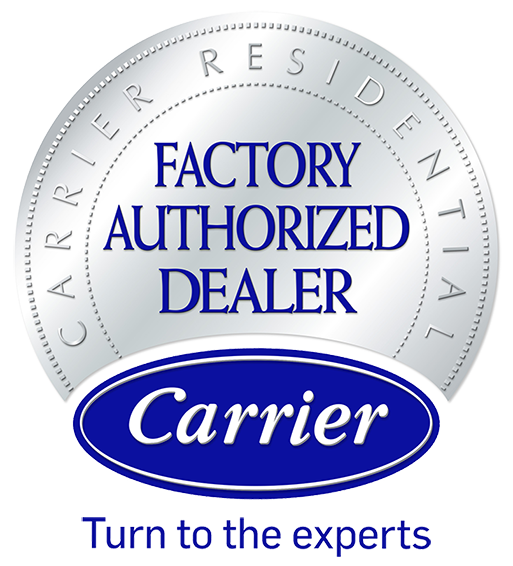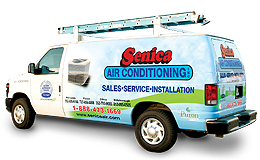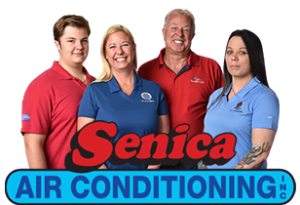A heat pump consists of multiple components that work collaboratively to warm or cool your Citrus County, FL home. Each component has a unique role to play in the temperature regulation process. Below, we will discuss some heat pump components and what they do.
1. Air Filter
As its name suggests, this part removes impurities from your indoor air before the air enters the heat pump for heating or cooling. These contaminants may include pet hair, dander, dust, debris and pollen. By removing these impurities, the filter protects your family from the irritating symptoms of poor indoor air quality, such as headaches, sneezing, watery eyes, running nose and throat discomforts.
If the impurities in your indoor air enter the heat pump, they can coat its components, reducing the system’s efficiency. When the filter traps these pollutants before they enter the heat pump, the components remain clean and work efficiently.
Replace your filter every three months to allow it to continue catching contaminants. If you forget to change the filter, the clogged filter blocks air from entering your heat pump.
This forces the system to work for an extended period as it attempts to draw sufficient air through the filter. Your heat pump’s parts will wear out more quickly if the system overworks.
2. Refrigerant, Reversing Valve, Evaporator and Condenser Coils
The evaporator and condenser coils alternate between absorbing and releasing heat, depending on the season, and the coils in a heat pump change names as their roles change. The outside coil is called an evaporator in the winter and a compressor in the summer because whichever coil uses cold refrigerant to absorb heat acts as the evaporator.
During the cooling season, the indoor evaporator coil absorbs heat from the air in your house. The refrigerant moves this heat to the outdoor condenser coil. The condenser coil transfers this radiant heat to the cooler outside air.
When the heating season sets in, roles reverse, and the outdoor evaporator coil facilitates heat absorption from the outside air. The reversing valve makes the refrigerant start moving heat from the outdoor coil to the indoor condenser coil, which releases this heat to the indoor environment.
Your heat pump should always have sufficient refrigerant to move heat efficiently. Gurgling and hissing noises may indicate a possible leak. Regular maintenance keeps the system working efficiently.
3. Compressor
Heat naturally flows from warm to cold areas, and it’s the compressor’s role to pressurize the refrigerant, increasing its temperature as it vaporizes. This facilitates the warm-to-cold heat transfer.
In the cooling mode, the refrigerant passes through the compressor after coming from the indoor evaporator coil. This allows the very hot radiant heat in the refrigerant to transfer to the cooler outside air as it flows through the outside coil.
The cooled refrigerant then returns to the indoor coil, absorbs heat from a warm room, and the cycle continues. In the heating mode, the compressor increases the refrigerant’s temperature and pressure after the fluid comes from the outdoor coil to enable it to release heat into your cooler indoor air.
4. Blower Motor
A blower motor rotates the fan blades to enable the blades to push the heated or cooled air into the ductwork. Your thermostat controls the blower motor using two settings: “ON” and “AUTO.”
When you use the “ON” setting, the motor runs without stopping. This setting comes in handy when there are hot and cold spots in your home, as it helps to distribute the heated or cooled air evenly. On the other hand, the “AUTO” setting allows the motor to work only when the system is running a cooling or heating cycle.
There are two types of blower motors: single-stage and variable-speed motors. A single-stage motor runs at full speed at all times; however, a variable-speed motor runs at high or low speed, depending on your temperature needs. Variable-speed motors are the most energy-efficient between the two types of motors.
Contact Senica Air Conditioning, Inc. for exceptional heating and cooling HVAC services. Our team offers dependable support for all our Spring Bay and Crystal River residents.
Image provided by iStock
